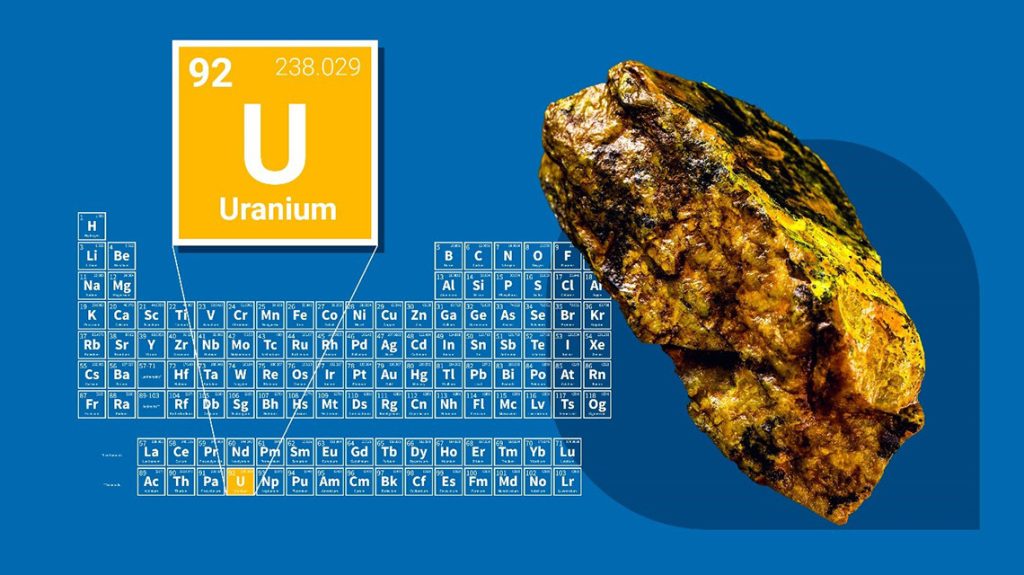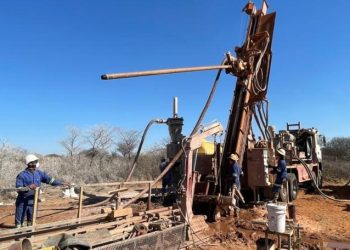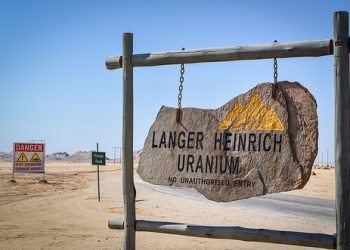
Pioneer Lithium is pressing ahead with exploration plans at its Warmbad Uranium Project in southern Namibia, with drilling scheduled to start in the first half of 2026 following strong backing from local authorities and landowners.
According to the company, next year’s exploration programme will include drone-based radiometric and magnetic surveys, detailed geophysical interpretation to map key geological structures, and step-out drilling aimed at expanding the known mineralised zones.
Pioneer recently carried out a ground reconnaissance visit to engage with local stakeholders, during which it received “strong support from the Warmbad and Karasburg authorities.”
The company confirmed that all regulatory approvals required to proceed with exploration have been submitted to the Ministry of Mines and Energy (MME), with access agreements discussed at a meeting held on 30 September 2025 between the ministry, landowners, and the resettlement committee.
“Regulatory approvals to conduct exploration have been submitted to the Namibian Ministry of Mines and a meeting between the Namibian MME, the resettlement committee, landowners and Pioneer occurred on the 30th of September 2025. Access approvals are expected to be forthcoming,” the company said.
After acquiring the Warmbad Project, Pioneer reviewed and interpreted all available historical drilling data obtained from the MME.
This work supported the release of a JORC-compliant Exploration Target estimated between 22.2 and 32.1 million tonnes, grading 100 to 120 parts per million (ppm) U₃O₈. The identified mineralised zones remain open in several directions, suggesting scope for further expansion.
In a separate announcement, the company confirmed its withdrawal from the Gaobis Uranium Project to concentrate resources on advancing Warmbad and exploring other high-return opportunities that align with long-term shareholder value.
Located near the town of Warmbad in the //Karas Region, the project is an alaskite-hosted uranium system comparable in style and potential to Namibia’s world-class Rössing Mine.
It is underpinned by more than 30,000 metres of historical reverse circulation drilling carried out by Xemplar Energy between 2007 and 2009.



